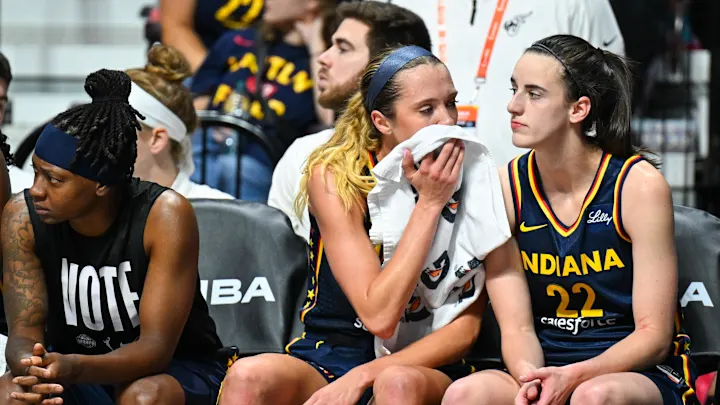The Indiana Fever, a team in the Women’s National Basketball Association (WNBA), has undergone significant changes in recent years, particularly regarding their roster and free agency strategies. As of the most recent off-season, understanding the wages and contracts of their free agents is crucial for evaluating the team’s financial flexibility and competitive potential moving forward.
### Recent Free Agency Trends
The Fever have been active in free agency, aiming to rebuild and enhance their roster after several challenging seasons. Their strategy often revolves around signing young talent and experienced players who can provide both on-court skills and mentorship for the younger athletes.
### Key Free Agents
1. **Kelsey Mitchell**: As one of the franchise’s key players, Mitchell has been a standout guard for the Fever. Following her rookie contract, she became a restricted free agent. Reports indicated that she could command a salary in the range of $200,000 to $250,000, reflecting her importance to the team and her performance level. The Fever likely aimed to retain her to build around her as a core piece.
2. **Teaira McCowan**: Another vital player, McCowan, has also been a significant presence in the post. Depending on her status as a restricted free agent, her contract negotiations could have varied widely, but expectations were for her salary to be around $150,000 to $200,000, depending on market interest and the Fever’s willingness to match offers.
3. **Erica Wheeler**: A seasoned veteran and former All-Star, Wheeler’s presence brings leadership and experience to the roster. If she entered free agency, her salary demands would likely reflect her stature in the league, potentially ranging from $150,000 to $175,000, especially if she were looking for a multi-year deal.
### Contract Structures
Contracts in the WNBA generally span from one to three years, with maximum salaries fluctuating based on a player’s experience and performance. The Fever would typically structure contracts with base salaries that might be supplemented by performance bonuses or incentives based on statistical achievements or playoff appearances.
### Salary Cap Implications
The WNBA has a salary cap that impacts how much a team can spend on player contracts each season. As of recent seasons, the cap was set at approximately $1.4 million. For the Fever, this means strategic management of their roster is essential. Retaining their core players while seeking new talent requires careful financial planning, particularly as they look to balance salaries and maximize the cap space for future acquisitions.
### Future Considerations
Looking ahead, the Fever must focus on both retaining their key free agents and attracting new talent. The dynamics of free agency also involve competition from other teams, which can drive salaries up. The Fever’s management has to navigate these waters carefully to ensure they are building a competitive roster without exceeding the salary cap.
Moreover, with the introduction of new talent through the WNBA draft, the Fever might also consider offering lower rookie contracts to complement their existing players. This strategy could provide a balanced approach, combining experienced players with fresh talent, thus creating a more dynamic team.
### Conclusion
The Indiana Fever’s approach to free agency and contract negotiations will play a pivotal role in their future success. By effectively managing their salary cap, retaining key players like Kelsey Mitchell and Teaira McCowan, and strategically navigating the free agent market, the Fever can position themselves to become a competitive force in the WNBA. The ongoing challenge will be balancing immediate needs with long-term growth, ensuring they build a resilient team that can contend for championships in the coming years.


